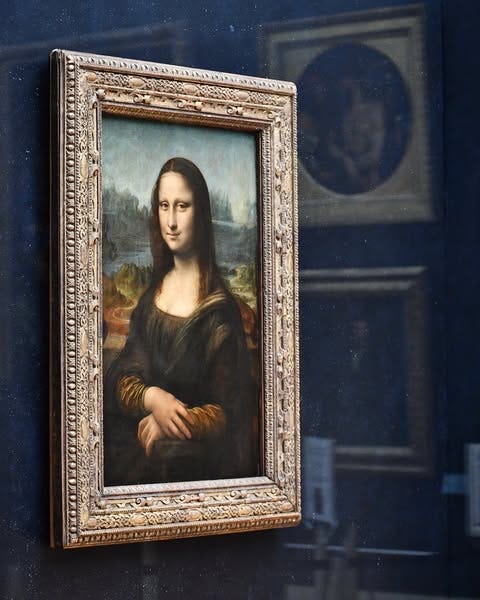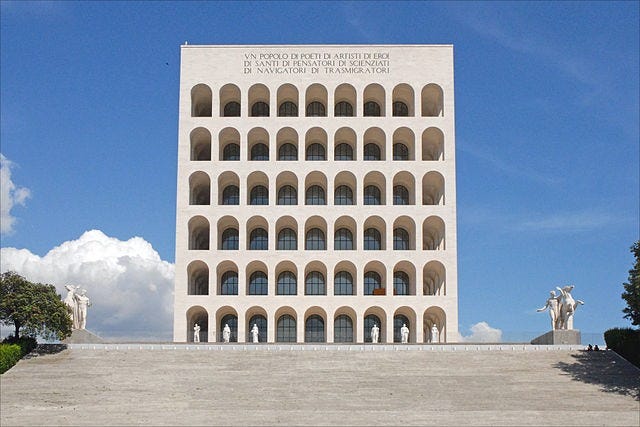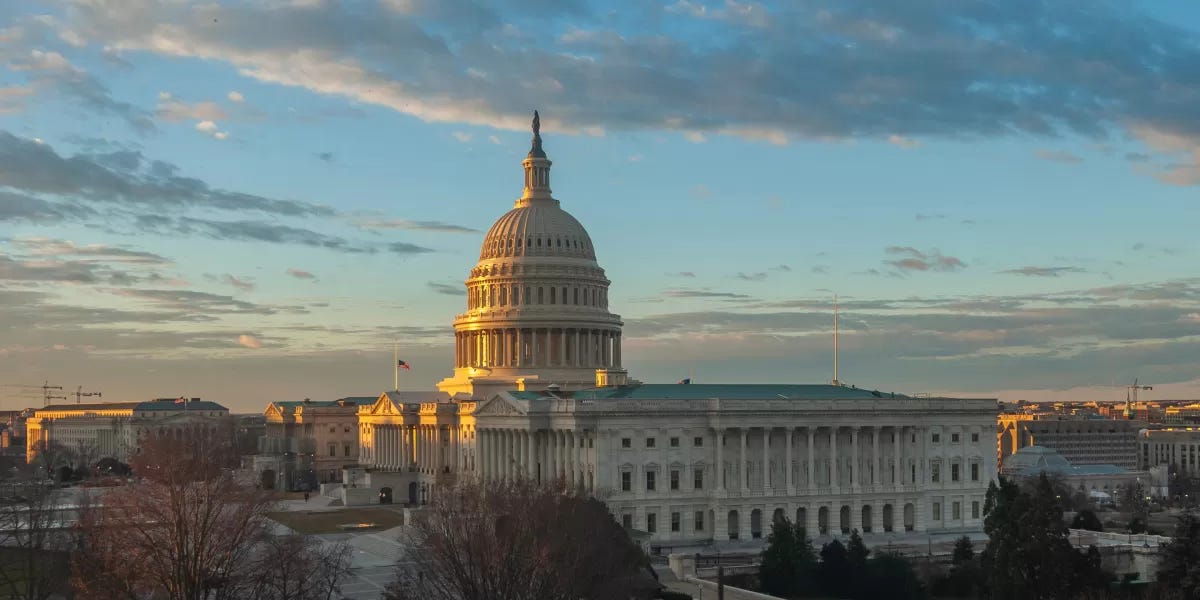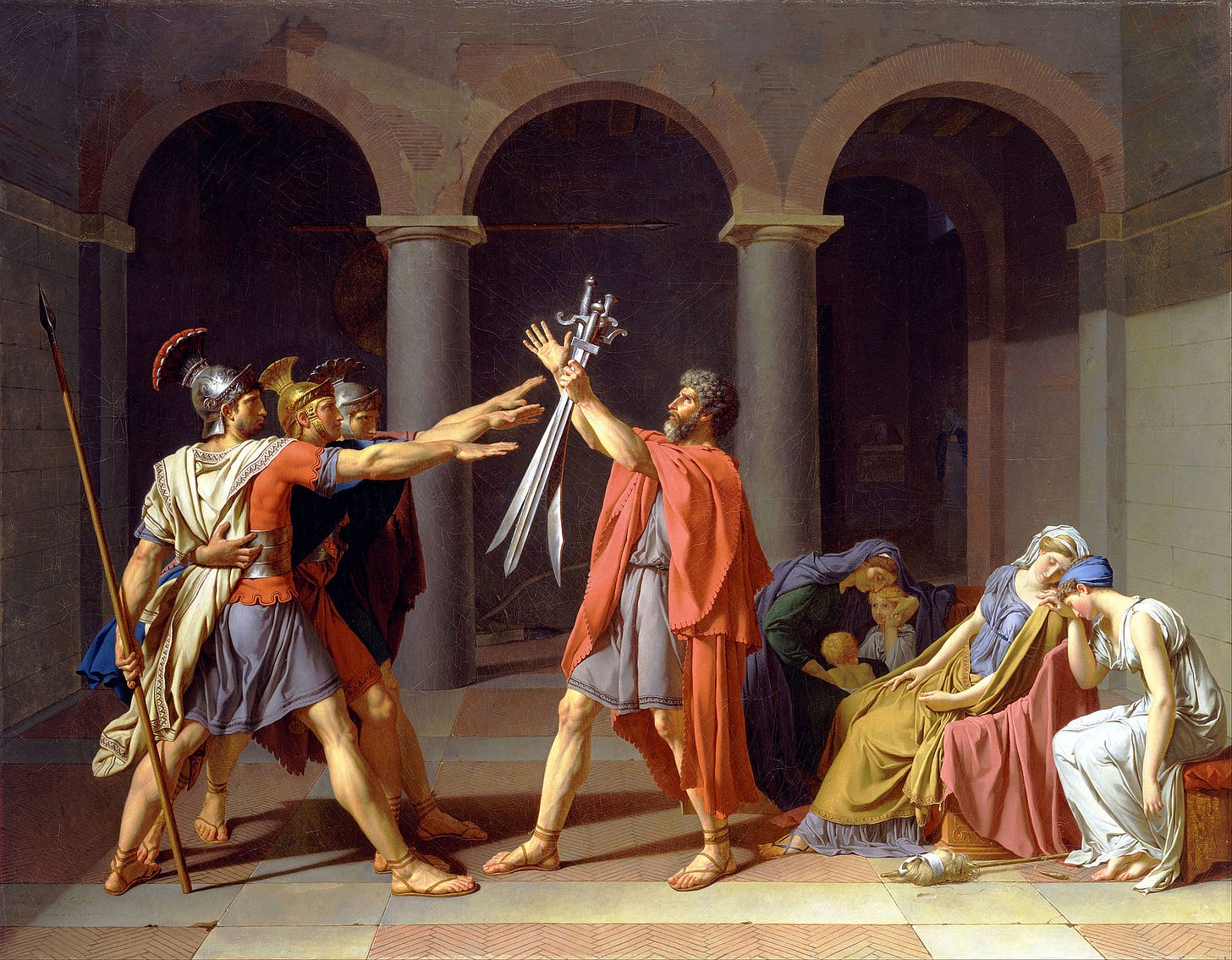Welcome to La Miccia! Arts & Culture News is a weekly roundup of what’s happening in the world, through the lens of art. Thanks for reading!
I spent the week in Miami for a work trip and besides the fact that I didn’t see the sun for the entire time I was there it was a fun city to be in. I had booked my flight to arrive early enough before my meetings to “explore the city” and “wander around”.
If you’re from the US you already know where this is going.
You don’t “wander around” Miami.
My European self imagined exploring different neighbourhoods around the city and having a drink at a bar before walking over to dinner. Instead, I spent over $80 in Ubers. You live and you learn.
The Louvre is falling apart, warns director Laurence Des Cars in a (leaked) memo to the French Minister of Culture. There is a “proliferation of damage in museum spaces, some of which are in very poor condition,” and entire sections of the museum “are no longer watertight, while others experience significant temperature variations, endangering the preservation of artworks”, Des Cars writes. She also raises concerns around the Mona Lisa, which is viewed by 20,000-30,000 visitors per day, and suggests further consideration of giving the painting its own room to facilitate the visitor flow and avoid overcrowding. The last time I visited the Louvre was in 2015 and I still remember the crowds and the pushing - it’s hard to imagine that it’s gotten worse.
Trump is making federal buildings beautiful again. Just last week I talked about the president’s disdain for Brutalism, and this week he reinstated an executive order dictating that “federal public buildings should be visually identifiable as civic buildings and respect regional, traditional, and classical architectural heritage in order to uplift and beautify public spaces and ennoble the United States and our system of self-government”.
Architecture and urban planning directly shape the cultural identity of a region. Mussolini famously restructured the urban fabric of Rome using a simplified neoclassical style as well as modernist elements, a nod to the Roman Empire and an effort to cement Fascism as a symbol of power. Buildings are sites for propaganda and shape public perception. So, while Trump’s order may only pertain to federal buildings, mandating a singular national architectural style has historical ties to regimes that seek to impose cultural and ideological conformity. The American Institute of Architects (AIA) has shared a response to the executive order, manifesting their concern: “federal buildings across the country must reflect America’s wealth of culture, rich traditions, and unique geographic regions. AIA has strong concerns that mandating architecture styles stifles innovation and harms local communities”.
Trains are finally getting the recognition they deserve as the best mode of transportation.
Oluwatobiloba Ajayi from Elephant magazine brought together Dean Kissick, Jack Self, and Peter Davies to discuss London’s art scene and (briefly) Kissick’s infamous Harper’s essay. During the conversation, Self proposed a distinction between diversity and inclusivity that I can work with:
“Diversity, to me, is about box ticking: is there someone in the room who’s queer? Is there someone in the room who’s indigenous? Inclusivity is to say, “Well, what were the structural conditions which might have prevented there being a diverse group of people in the room to begin with?”.
On that note, The National Gallery is among the many institutions to have closed down their Diversity, Equity, and Inclusion programs on Monday. This is following an $820k rebrand that the NGA sustained around DEI initiatives just four years ago. Now, the phrase “diversity, equity, access and inclusion” has been removed from its mission statement and replaced with the words “welcoming and accessible”. The change comes right after the NGA hosted Trump’s inauguration dinner.
I know Trump’s name has popped up quite a lot between this week and last week. But I’ll need you to bear with me as post-inauguration executive orders roll out.
The Siren is a newly established newspaper that uses satirical art to make sense of the [disheartening/dystopian/scary/confusing] times we are living in. I love to see people turning to art to navigate difficult moments. I think we’re gonna see an even larger influx of meaningful, small-scale creations—zines, mixtapes, local artist exhibitions—that bring communities together. Creating is both a way to process and resist.
On that note, I’m noticing a lot of people advocating for the importance of keeping a record of everything (notes by and ). Big on the “digital archives are being manipulated and erased”.
The AI buzz has officially reached Hollywood. As films like The Brutalist and Emilia Perez go under fire for their use of voice-cloning to enhance actors’ performances, others like Heretic are ending their credits with disclaimers like “No generative AI was used in the making of this film”. I think that movies will soon include AI disclaimers in their trailers, and that we will be seeing a lot more AI companies sponsoring movies. It will turn into a selling point much like 3D once was. Imagine a movie trailer that says: “From the directors who brought you (insert movie title here), now, with the help of the artificial intelligence tool Respeecher, comes their most ambitious film yet.”











